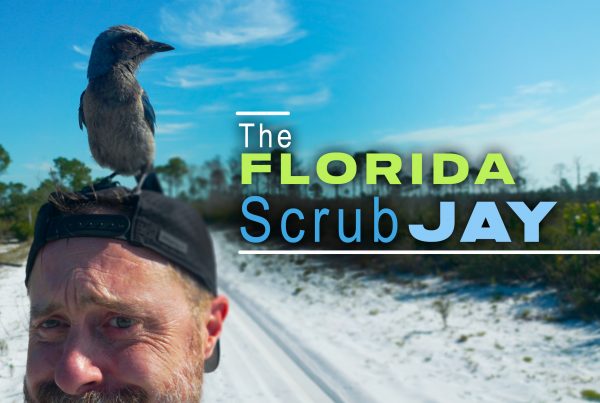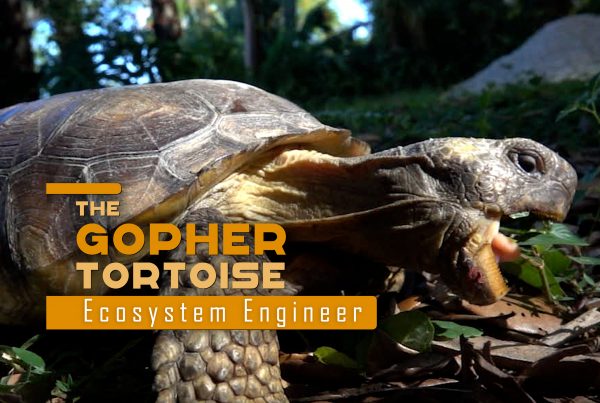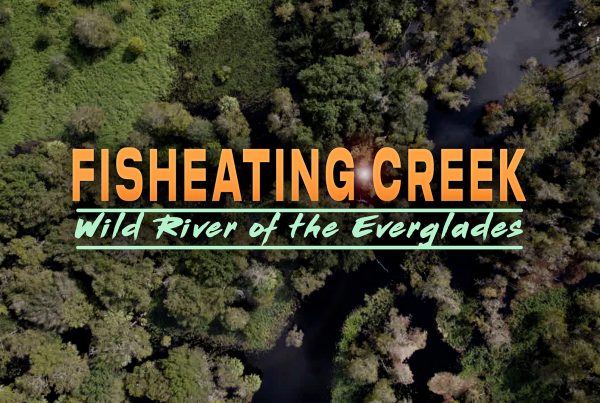Home. It’s an important concept for us….as well as countless marine organisms that live in our oceans. We’re also finding out that artificially constructed habitats might be a great thing for everyone!
Talk about some of the characteristics that make for a good, human home. Do you think these might also apply to marine organisms? Talk it over and give a few examples. What characteristics, for example, do you think an octopus looks for in an ideal habitat? How about an angelfish, or maybe a lobster?
Artificial Reefs
Home. A familiar word but what does it mean exactly? At its most basic form, home is a physical structure. It is where we find shelter, comfort, and protection from the outside world. Home is where we discover life, where we are fed and nurtured. It is an essential part of a healthy existence, for us and many other living things on this planet.
The concept of home is just as important in the marine world. I’m specifically talking about structure. The coral reef ecosystem bustles with life. Tiny sea creatures called coral polyps are the architects of this habitat. Colonies of these animals leave behind their exoskeletal remains, forming the structural elements required for an ideal undersea community. Algae and soft corals decorate the bare spots. Small reef fish nip at the growth and find refuge in the nooks and crannies. Larger predators are attracted by the huge concentrations of prey. Like a busy metropolis, there’s one-stop shopping for everyone.
But worldwide, coral reefs are in trouble. Human pressure is a big problem. Tourists from around the world flock to places like South Florida, attracted by its many scuba diving and sport fishing opportunities. Many of these reefs are smothered by careless divers or bear the scars of dragging anchors.
Artificial reefs, however, may help relieve some of this pressure. In America, artificial reefs have been built to create habitats for fish since the 1830’s when fishermen began lashing together submerged logs. Artificial reef construction has been compared to creating an oasis in a desert. When an ocean current meets a vertical structure, it creates an upwelling of plankton rich water. Small minnows begin to congregate here to feed. Larger predators follow, from snapper, to barracuda to sharks. Eventually the structure becomes encrusted with tunicates, sponges and corals. Given enough time, the steel hull of a sunken ship will be unrecognizable.
In 1982, the Florida Legislature created an artificial reef program to help provide habitat for fish, and alternative sites for sport fishing and scuba diving. The USS Hoyt Vandenberg is one of the largest artificial reefs in the world and also one of the newest. Divers have been flocking to this hulking structure since it was sunk off the coast of Key West in 2009. The older USCG Duane is almost totally encrusted with sea-life.
Ingenuity can go a long way, and some experts are tackling the problem in a different way. Ken Nedimyer has a background in the aquiculture business and has discovered how to successfully grow and transplant specific types of branching coral that are in big trouble in South Florida. Now he runs the Coral Restoration Foundation. Ken’s work has received lots of attention, and I decided to check it out for myself. I was joined by students from Miami Beach Senior High School’s Scuba club, who were there to pitch in. Our first stop was one of Ken’s “coral gardens” where fragments of staghorn coral were suspended from large, surreal, Christmas-tree structures. After collecting specimens that were large enough and ready to transplant, we headed to the next site. Here, the students went to work. First, they chipped away at an area of dead coral to remove the algae from its surface. Next, they used a special kind of epoxy to cement the staghorn fragments to the rock. If conditions are right, these fragments will eventually grow into healthy, living colonies of staghorn coral, creating a better environment for thousands of reef dwellers to call home.
Back on the boat, the students shared some of their own thoughts:
Our oceans are in trouble. But there is still time. With greater awareness and more initiatives like these, we can help protect and restore our amazing coral reefs.




